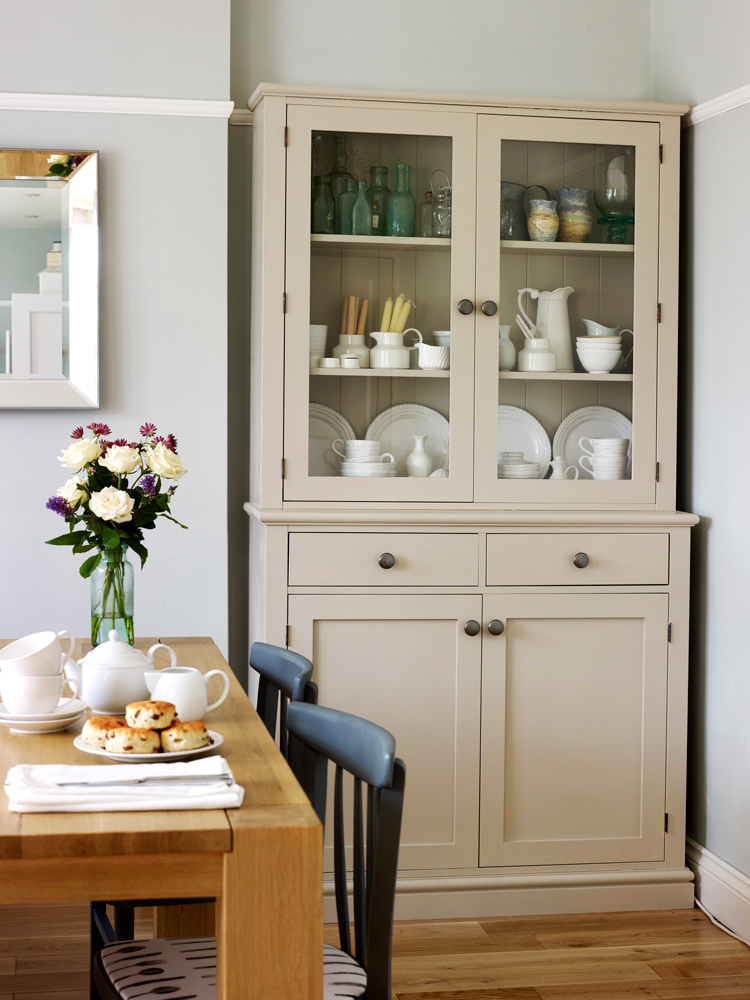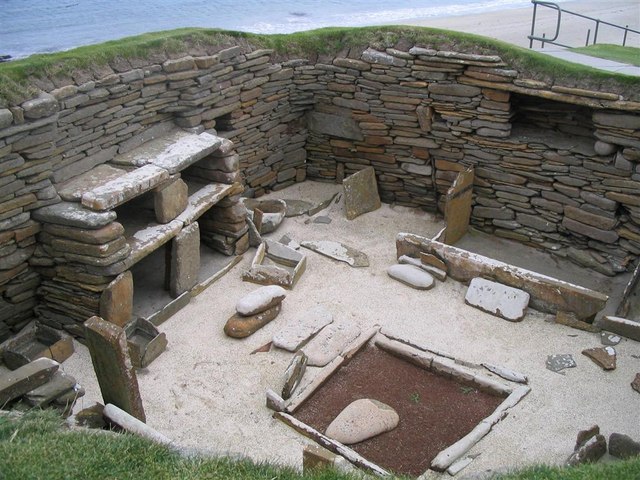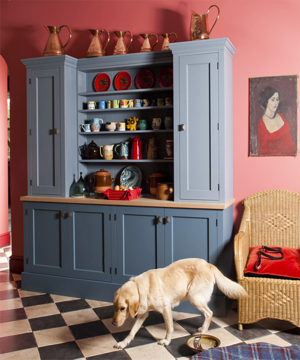
At Jali we specialise in making furniture to your designs; It’s what we do. But we all need a little inspiration here and there when dreaming up our next masterpiece, so for your amusement (and a little education) we have put together some musings on dresser design. So, sharpen your pencils pupils, we’re about to embark on a Brief History of Dressers. Yes, really. Quiet at the back please.
In as far as we are having a history lesson, how far back should we go back? Skara Brae perhaps? Skara Brae is a cluster of eight Neolithic stone dwellings, located on the largest island in the Orkney archipelago of Scotland. It was occupied from roughly 3180 BCE –2500 BCE and is Europe’s most complete example of a Neolithic village. You’ll notice the aesthetic is perhaps a little dated now (but all style is cyclical, so try not to be too hasty in condemning it.) But it is significant in this context due to…? Anybody? Yes, the DRESSER! Two house points.

Seven of the houses have similar furniture, with the beds and dresser in the same places in each house. The dresser stands against the wall opposite the door, and was the first thing seen by anyone entering the dwelling. Now, we pride ourselves at Jali on the enduring quality of the beautiful products we manufacture, but we’re practical too; just as the planet is recognising the need to bring an end to non-sustainable, solid hardwood furniture, we very rarely manufacture any of our dressers from Neolithic Stone any more – that time has passed. But the principle remains: the dresser is often one of the most prominent pieces of furniture in the home.
“This is not just the history of furniture, but of society in the round” is a bold assertion, but those of you wanting extra credit in the exams later this month would do well to test its veracity in the Magum Opus “Welsh Furniture 1250-1950: A Cultural History of Craftsmanship and Design” by Richard J Bebb. (Saer Books; First Edition edition (1 Jun. 2007) Early dressers are found in cultures throughout Europe, where they typically take centre stage in the main living area, but in Wales the quality and range produced, as well as the sheer quantity, has led to the epithet ‘Welsh dresser’ being adopted internationally. Part utilitarian furniture, designed for preparing food and storing utensils, part shrine to treasured possessions and precious artefacts, the gradual change of use provides an insight into the increased prosperity of society as a whole.
Plus, it’s always a good place to store porridge. While your kitchen drawer inevitably contains Blu-Tack, a Nokia 5110 and a Prosecco cork of utterly unknowable provenance, we need to address the problem of where to store hot, cooked porridge when we wish to congeal it into something that can be sliced….
“A slab o’ parritch fae the drawer.”
We have yet to add the online facility for porridge drawers in our beautiful Jali made-to-measure dressers, but the Scottish Dresser (lesser known, but very real, cousin of the Welsh) sometimes contained a tin-lined drawer for just this important chore – simply pour and store! Once cool, slice the cold porridge carefully into quivering, tender, grey slices…

While we are working with the maxim “A place for everything and everything in its place”, the Jali designer has many of the facilities you need to create your own Welsh Dog Kennel dresser. Yes, it really is A Thing.
Unfortunately we do not have the legal rights to any images of a traditional welsh dog kennel dresser, but needless to say it would be worth a few moments on Google if you have even a passing interest in seeing a dresser with a dog living in it. And who amongst us doesn’t indulge that urge periodically?
So here’s the next best thing: a dog (borrowed) next to a dresser (ours). Should you have the urge to store both your pet and your pottery alongside one another, then try your hand at designing the dresser of your dreams here:
Jali’s new online dresser and storage unit designer
You may want to select the option marked ‘Gap’ on option 4 in order to create a spot for Spot. Or not, as the case may be.
Once established, the dresser developed in different ways in various parts of the country and distinct local types are readily discernible by the mid-18th century – in the south west, for example, many dressers were built to fit into corners – the true ancestor of the modern fitted kitchen, but that can wait until next term. THE BELL IS A SIGNAL FOR ME, NOT YOU! But nevertheless, you are free to go. Quietly, please.






